Construction workers have quite a lot of tasks to complete in building a new mouth for Toronto’s Don River as part of the $1.25-billion Port Lands Flood Protection Project (PLFPP) being carried out by Waterfront Toronto.
But in a special “plant rescue” some EllisDon employees also turned into plant protectors and temporary gardeners in a two-part restoration project that provides environmental protection as well as highlighting a somewhat overlooked chapter of the city’s waterfront.
The literal roots of that rescue extend back more than a century.
Toronto’s large Port Lands, including where the new Don River mouth is being built, were created by a massive landfilling operation into Lake Ontario during the late 19th and early 20th centuries.
It was previously the site of Ashbridge’s Bay Marsh which, according to the University of Toronto’s Don Valley Historical Mapping project, was one of the largest wetlands in Eastern Canada.
And it was the remnants of pre-industrial activity which EllisDon and its subcontractors uncovered early in 202l.
“We were testing the soil in a section of the (new) river valley that had yet to be constructed. It was deep enough to uncover the original soil of the marsh, but not remove it,” says EllisDon communications co-ordinator Kevin Cassar.
By chance the area was relatively flat with poor drainage and as work wasn’t scheduled there for several months it was left more or less intact.
Over the summer months, though, with the proper combination of sun and rain, plants began to grow in that area. It was former EllisDon supervisor Paul Vivek who realized what was growing wasn’t weeds, but something very different.
“It’s not uncommon to see plants on the site, but these plants caught his attention because they looked a lot like plants that grow in wetlands, not like the scrubby weeds that have popped up elsewhere,” says Waterfront Toronto’s senior project manager of parks Netami Stewart.
They were later identified as bulrushes and cattails that had grown from seeds buried when the marsh was landfilled.
“It’s a miracle they (the seeds) survived,” says Stewart.
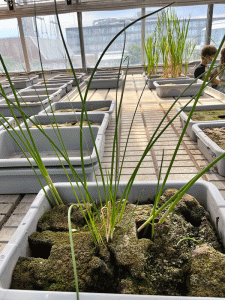
Preserving them was a major priority. After the discovery, the decision was made to protect them from the construction activity by transplanting them to the nearby Tommy Thompson Park.
That plan was made by Waterfront Toronto working with EllisDon and the various project partners and included a “whole team” of ecologists, botanists and other specialists, she says.
“It’s a large site and we didn’t need permission, or look for a new site,” says Stewart, explaining the park is operated by the Toronto and Region Conservation Authority, a partner in the Port Lands project.
The actual removal and transplant at the park was carried out over a two-day period by Urban Forest Associates.
But that was only half of the rescue mission.
One of the consultants on the Port Lands project is Melanie Sifton, a PhD candidate with the University of Toronto’s Faculty of Forestry, who brought the plants’ discovery to the attention of university officials. That was the catalyst to transport some of the surrounding soil to the university.
At the same time the bulrushes and cattails were being moved, 50 Rubbermaid bins of soil were collected, transported to the university’s faculty of forestry building and placed in one of its rooftop greenhouses.
As part of a controlled study to simulate growing seasons, the bins were put under lighting and watered and cared for by undergraduate students and the greenhouse horticulturalist.
“It didn’t take long for plants to start germinating. It was all very exciting,” says Shelby Riskin, an assistant professor in the teaching stream in the faculty’s department of ecology and evolutionary biology.
Periodically, soil samples were taken from the bins and placed in smaller pots for closer in-depth study. Twenty different plants and 80 different types of pollen were identified, says Riskin, who studies how changes in land use impact ecosystems. That research continues using those soil samples.
But this past October the bulk of the soil and the emerging plants were returned to the Don River Valley in a one-day joint operation by Waterfront Toronto, the university and EllisDon. They were transplanted into new wetlands constructed in the Port Lands near the new mouth of the Don River and close to the new Cherry Street South Bridge.
“We’re completing the planting in these new wetlands this year, so this was the right time to bring these native plants back,” says Stewart.


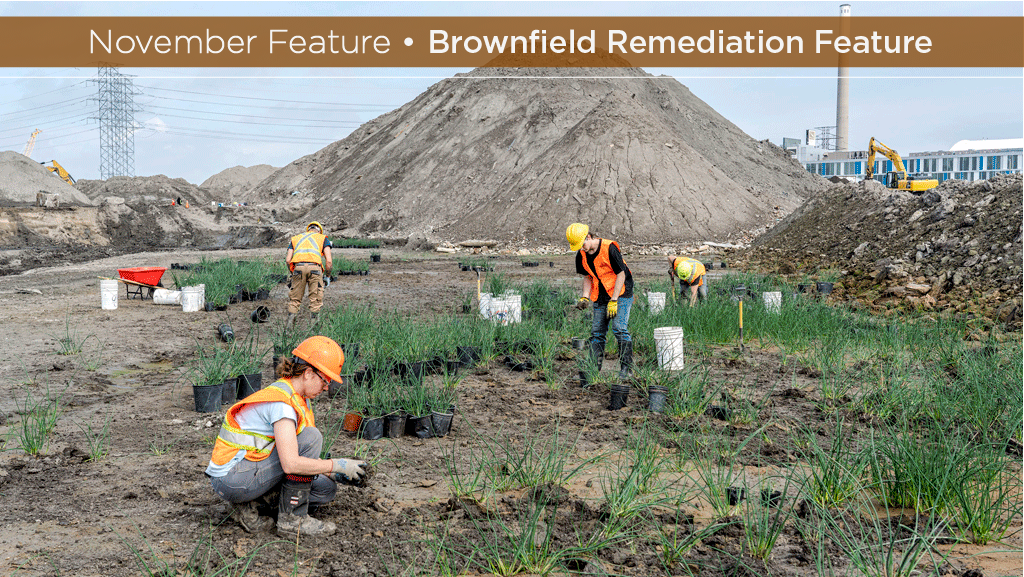



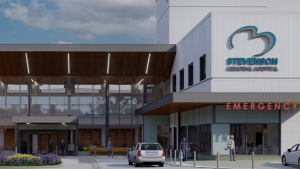


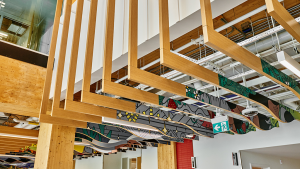
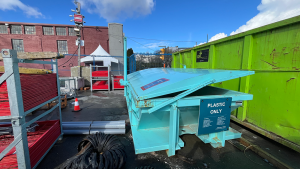
Recent Comments